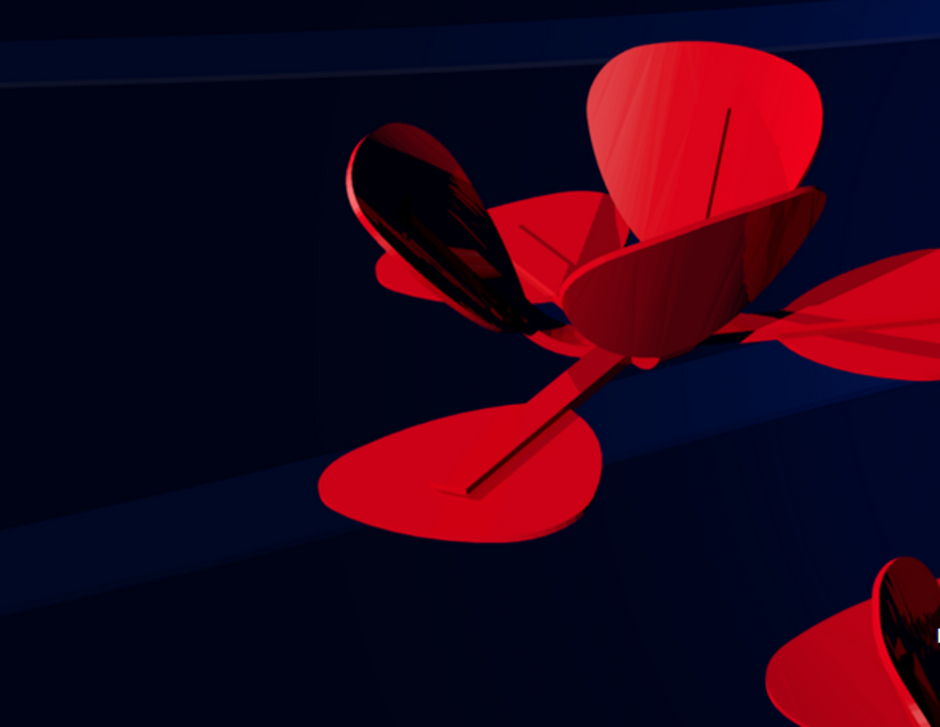More in
Low cost 3D printed parts get into shape for bone implants
Scientists have used a low cost method of 3D printing to create structures that fold themselves into different shapes, an advance that could improve the outcomes of bone implants.

The researchers at TU Delft in the Netherlands have combined origami techniques and 3D printing to create flat structures that self-fold according to a pre-planned sequence.
“If the goal is to create complex shapes, and it is, some parts should fold sooner than others”, said lead researcher Prof Amir Zadpoor. “Therefore, we needed to programme time delays into the material. This is called sequential shape-shifting.”
According to TU Delft, Prof Zadpoor’s team accomplished this by simultaneously printing and stretching the material in certain places.
“The stretching is stored inside the material as a memory”, said PhD researcher Teunis van Manen. “When heated up, the memory is released and the material wants to go back to its original state.”
By alternating the thickness and the alignment of the filaments in the material, the researchers succeeded in creating 2D-structures that shape-shift sequentially in the way described by Prof Zadpoor.
Register now to continue reading
Thanks for visiting The Engineer. You’ve now reached your monthly limit of news stories. Register for free to unlock unlimited access to all of our news coverage, as well as premium content including opinion, in-depth features and special reports.
Benefits of registering
-
In-depth insights and coverage of key emerging trends
-
Unrestricted access to special reports throughout the year
-
Daily technology news delivered straight to your inbox










National Gas receives funding to develop Gravitricity underground hydrogen storage system
One single rock salt mine - Winsford - has 23 <i>MILLION </i>cubic metres of void and even allowing for 10% of that void set aside for hazardous waste...